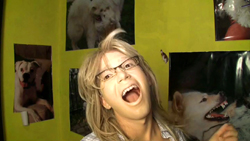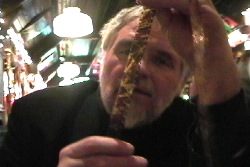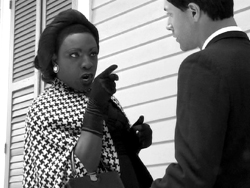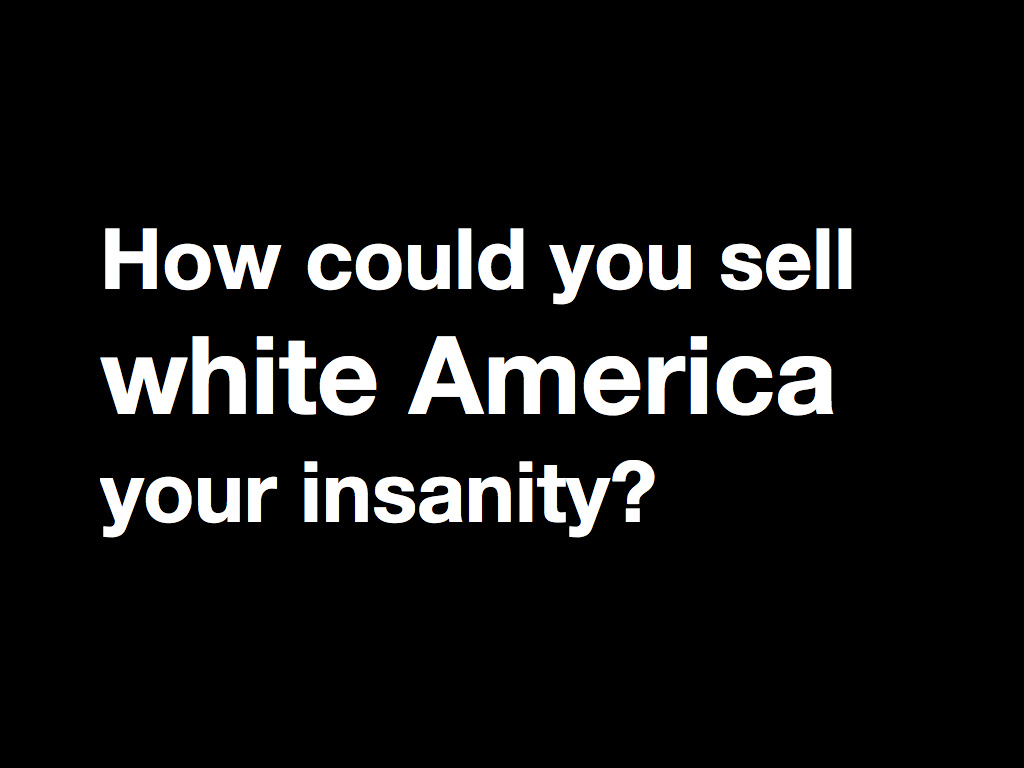Search Results
Search Results
Title Results
Your search returned 794 Titles
Writes Yau Ching: "June 30, 1997. Hong Kong. Tourists flocked to expensive gourmet parties with a harbor view, or got drunk on the streets, embracing British or Communist flags. All media coverage described how happy the local Hong Kong people were about being taken over the next day. I was...
In Juste le temps, Cahen formulates an implied fiction within an impressionistic, dreamlike journey of a woman on a train moving through the French countryside. Cahen's rich, painterly abstraction of the landscape passing beyond the frame of the train's window — lushly colorized and transmuted...
K-Corea INC. K (section a) is one of seven works in Trecartin's 2009/2010 Rotation. Kevin McGarry writes, "The cast of K-Corea INC. K is mainly comprised of actors dressed as various 'Koreas (sounds like careers), in blond wigs, powder, and office casual attire, the sum of which Trecartin calls 'work face.' The homogenized Koreas represent all nations in a UN-inspired flavor spectrum--USA, Mexico, Canada, Hungary, Morocco, Argentina--presided over by Global Korea, a CEO whose safari-style 'post drag re-take' stands out from her employees' neutered uniforms.
In Kae, Act Like A Girl, Idemitsu continues her experimental narrative exploration of women's roles in contemporary Japan with a tale of feminist awakening. Here she presents a young female artist's conflict with the traditional, patriarchal expectations of women in Japanese culture, in which men...
Kappa is a boldly provocative and original work. Deconstructing the myth of Oedipus within the framework of an ancient Japanese folk story, the Yonemotos craft a highly charged discourse of loss and desire. Quoting from Bunuel, Freud, pop media and art, they place the symbology of Western...
The late, legendary experimental filmmaker Stan Brakhage is the subject of this video portrait by his friends Ken Jacobs and Nisi Jacobs.The video closely documents Brakhage's last visit to New York, and captures scenes of his family life in Boulder, Colorado, affording a view of the artist that is at once candid and casual.
"...Keys to Our Heart is a black and white 1940s period piece about an interracial love triangle that (surprise!) turns out to be an unconventional square....By inserting himself into every aspect of the narrative, [Linzy] literally gives voice to the widespread desire to see oneself reflected on the screen, to bring those stereotypical roles to very personal life."" — Sharon Mizota, LA Times Blog, 10/7/10
Jenkins records David Hammons, at a decisive moment in the artist's development, just prior to his move from Los Angeles to New York. Part interview, part video performance, Hammons, in conversation with fellow artist LaMonte Westmoreland, considers Los Angeles's black artist community, the...
These deftly edited video spots were produced by Gran Fury, an AIDS activist collective of which Kalin was a founding member. Kissing couples promote safer sex in these public service announcements, which pump the medium with a purposely propagandistic message: "Kissing Doesn't Kill: Greed and...









